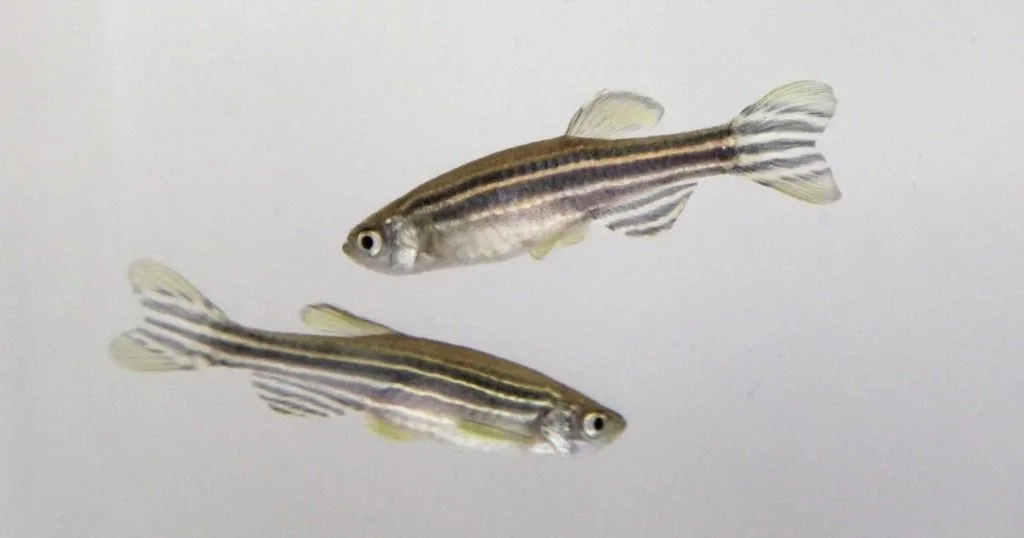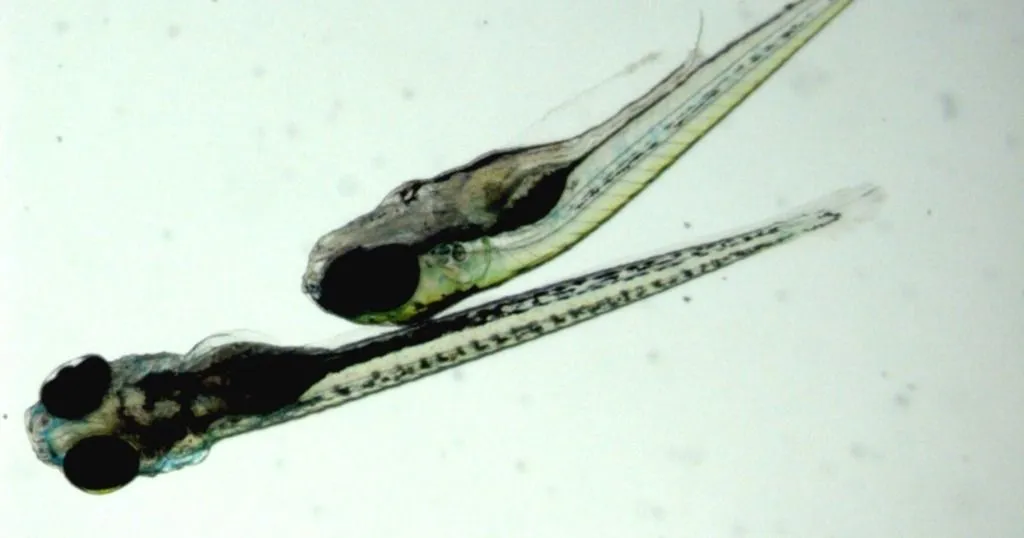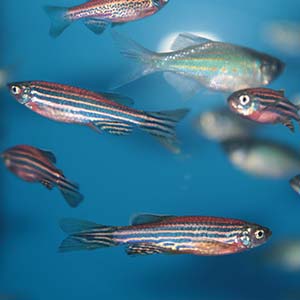Tracking zebrafish activity to study a key element in circadian rhythmicity

Zebrafish are a popular model of choice for many researchers, including chronobiologists. That’s because zebrafish rapidly develop their ‘inner clock’ (circadian system) – and because this system is highly light-entrainable.
Posted by
Published on
Mon 22 Apr. 2013
Topics
| Danio Rerio | DanioVision | EthoVision XT | Zebrafish |
Zebrafish are a popular model of choice for many researchers, including chronobiologists. That’s because zebrafish rapidly develop their ‘inner clock’ – their circadian system – and because this system is highly light-entrainable.
Most zebrafish tissues (in vivo) have clocks, similar to the mammalian system, which can be studied in cell lines (ex vivo). Although the functional development of this clock system and the genes that compose the ‘core clock’ of zebrafish are already well understood, specific details of how the core oscillator functions remain unclear.
The influence of enzyme activity on circadian rhythmicity
Smadja Storz et al. investigated the influence of the activity of two isoforms of the CK1 family. CK1, short for casein kinase 1, is a group of enzymes that function as regulators of signal transduction in many processes, including circadian rhythmicity. The researchers studied the importance of CK1δ and CK1ε activity in circadian rhythmicity on several levels; in zebrafish embryos, larvae, and cell lines.
Locomotor activity reflects rhythmicity
In order to determine rhythmicity, researchers studied the behavior (activity pattern) of zebrafish larvae in a high-throughput set-up. Larvae were placed in 48 individual well plates in the DanioVision Observation Chamber. Behavioral tracking was then done automatically by EthoVision XT video tracking software.
Initially, larvae were kept under 12h light/12h dim light conditions. Following this, a CK1 inhibitor (or DMSO for the control group) was administrated and the animals were kept under dim light conditions. During the experiment, the activity of the animals was measured as total distance moved during ten minute time windows.
CK1δ is important to maintain circadian rhythmicity
Zebrafish larvae normally develop circadian rhythmicity when exposed to light/dark cycles, after which the animals are able to maintain this rhythmicity, even under continuous light conditions. As to be expected, the control groups showed this cycle of high-activity/low-activity in the period during which the light was dimmed continuously. In larvae that were exposed to the CK1δ inhibition, this rhythmicity was completely diminished. Specific CK1ε inhibition did not have as significant an effect.
A great aquatic model for pharmacological screening and chronobiological research
There are a couple of things we can learn from this study. In particular, this study demonstrates the importance of CK1δ activity in the proper development and maintenance of circadian rhythmicity in zebrafish. It also shows that CK1ε activity plays a less important role. More generally, it proves that zebrafish and the utility of CK1 inhibitors are important factors in the creations of high-throughput models for pharmacological studies on circadian clock-related drugs and other chronobiological research.
Reference
Smadja Storz, S.; Tovin, A.; Mracek, P.; Alon, S.; Foulkes, N.S.; Gothilf, Y. (2013). Casein Kinase 1δ Activity: A Key Element in the Zebrafish Circadian Timing System. PLoS ONE, 8 (1), e54189.
Related Posts

The effects of quantum dots on zebrafish larvae locomotor behavior
Studying zebrafish behavior using video tracking software

